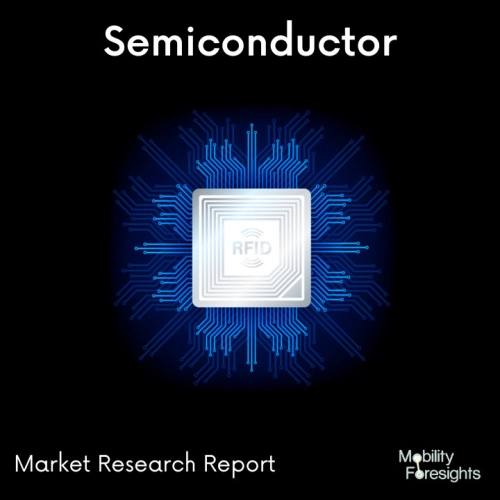
- Get in Touch with Us

Last Updated: Apr 25, 2025 | Study Period: 2022-2030
All LED companies are vying to set themselves apart from rivals, which means employing ceramic material for your LED's heat sinks eliminates the need for PCB boards and thermal adhesives.
High brightness, energy economy, extended lifespan, CRI colour temperature, and other repeating themes have all become buzzwords for LED lights.
These are all characteristics that LED lights and bulbs should have, though. Manufacturers are increasingly searching for differences that will help them stand apart.
The ability of LED firms to effectively dissipate heat is the new differentiator for their LED lights or bulbs. This is due to the numerous advantages that might result from greater heat dissipation.
In essence, heat transfer includes heat dissipation. Heat will flow from one object to the cooler ones when one is hotter than the others in its environment.
Although LED lights are well renowned for not emitting infrared radiation and for being cool to the touch, there is a lot of heat inefficiency inside of them. particularly in the case of semiconductors.

The global ceramic LED market accounted for $XX Billion in 2021 and is anticipated to reach $XX Billion by 2030, registering a CAGR of XX% from 2022 to 2030.
Soon after China's LED package industry entered the display backlight market, American LED firm Cree made use of its monopoly in high power LED chip technology to create ceramic package LEDs.
Cree continued to set new marks for luminous efficacy while dominating the market for outdoor lighting and other high-end applications.
After gaining market share in the backlight display sector, Chinese LED package producers, who are adept at copying cutting-edge foreign technology, soon turned their attention to the high power lighting sector.
Many well-capitalized businesses spent extensively in high power ceramic LED package production lines in an effort to gain market share in this industry.
There were 20 ceramic package production lines in total. Listed businesses Lightning Optoelectronic, Nationstar, Honglitronics, and Refond are some traditional examples.
Despite the fact that these goods can still be found on the market today, most high power LED ceramic package production lines have remained idle for the past four years.
Most ceramic package producers can ignore their earnings, while a select handful have received large government subsidies. For early supporters, China's ceramic packaging business has become a source of pain.
COMPANY PROFILE
| Sl no | Topic |
| 1 | Market Segmentation |
| 2 | Scope of the report |
| 3 | Abbreviations |
| 4 | Research Methodology |
| 5 | Executive Summary |
| 6 | Introduction |
| 7 | Insights from Industry stakeholders |
| 8 | Cost breakdown of Product by sub-components and average profit margin |
| 9 | Disruptive innovation in the Industry |
| 10 | Technology trends in the Industry |
| 11 | Consumer trends in the industry |
| 12 | Recent Production Milestones |
| 13 | Component Manufacturing in US, EU and China |
| 14 | COVID-19 impact on overall market |
| 15 | COVID-19 impact on Production of components |
| 16 | COVID-19 impact on Point of sale |
| 17 | Market Segmentation, Dynamics and Forecast by Geography, 2022-2030 |
| 18 | Market Segmentation, Dynamics and Forecast by Product Type, 2022-2030 |
| 19 | Market Segmentation, Dynamics and Forecast by Application, 2022-2030 |
| 20 | Market Segmentation, Dynamics and Forecast by End use, 2022-2030 |
| 21 | Product installation rate by OEM, 2022 |
| 22 | Incline/Decline in Average B-2-B selling price in past 5 years |
| 23 | Competition from substitute products |
| 24 | Gross margin and average profitability of suppliers |
| 25 | New product development in past 12 months |
| 26 | M&A in past 12 months |
| 27 | Growth strategy of leading players |
| 28 | Market share of vendors, 2022 |
| 29 | Company Profiles |
| 30 | Unmet needs and opportunity for new suppliers |
| 31 | Conclusion |
| 32 | Appendix |